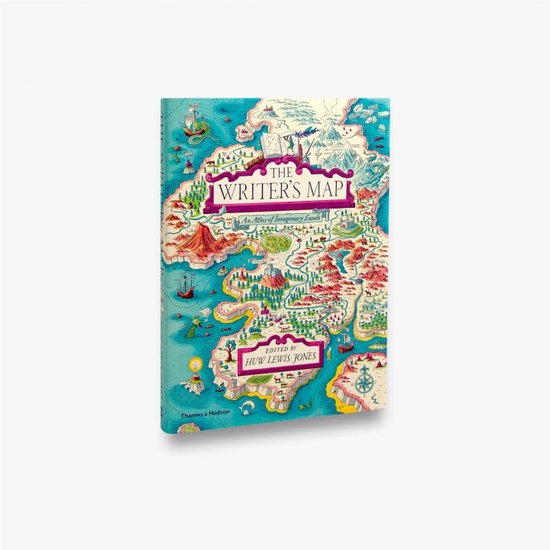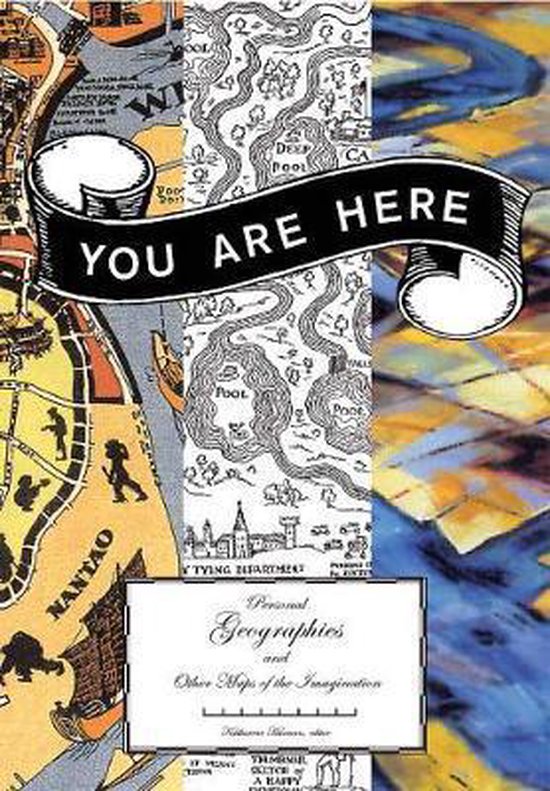
Maps of the Imagination
Traces the history of maps, from their initial decorative and religious purposes to their later instructional applications. This book describes how maps rely on projections in order to portray a three-dimensional world on the two-dimensional flat surface of paper.
This book tells us how maps help us to understand where we are in the world in the same way that literature, whether realistic or experimental, attempts to explain our realities. "Maps of the Imagination" explores how writers and cartographers use many of the same devices for plotting and executing their work, making crucial decisions about what to include and what to leave out, in order to get us from here to there, without excess baggage or a confusing surplus of information.Turchi traces the history of maps, from their initial decorative and religious purposes to their later instructional applications. He describes how maps rely on projections in order to portray a three-dimensional world on the two-dimensional flat surface of paper, which he goes on to relate to what writers do in projecting a literary work from the imagination onto the page.Drawing from texts as varied as poetry by Louise Gluck, stories by Kate Chopin and Robert Coover, novels by Robert Louis Stevenson and Italo Calvino, the film "Memento", and Chuck Jones' "Roadrunner" cartoons, Turchi ranges across a wide literary geography, illustrating his argument with an array of maps and illustrations, which will be scattered throughout the text.
This book tells us how maps help us to understand where we are in the world in the same way that literature, whether realistic or experimental, attempts to explain our realities. "Maps of the Imagination" explores how writers and cartographers use many of the same devices for plotting and executing their work, making crucial decisions about what to include and what to leave out, in order to get us from here to there, without excess baggage or a confusing surplus of information.Turchi traces the history of maps, from their initial decorative and religious purposes to their later instructional applications. He describes how maps rely on projections in order to portray a three-dimensional world on the two-dimensional flat surface of paper, which he goes on to relate to what writers do in projecting a literary work from the imagination onto the page.Drawing from texts as varied as poetry by Louise Gluck, stories by Kate Chopin and Robert Coover, novels by Robert Louis Stevenson and Italo Calvino, the film "Memento", and Chuck Jones' "Roadrunner" cartoons, Turchi ranges across a wide literary geography, illustrating his argument with an array of maps and illustrations, which will be scattered throughout the text.
| Auteur | | Peter Turchi |
| Taal | | Engels |
| Type | | Paperback |
| Categorie | | Taal |





